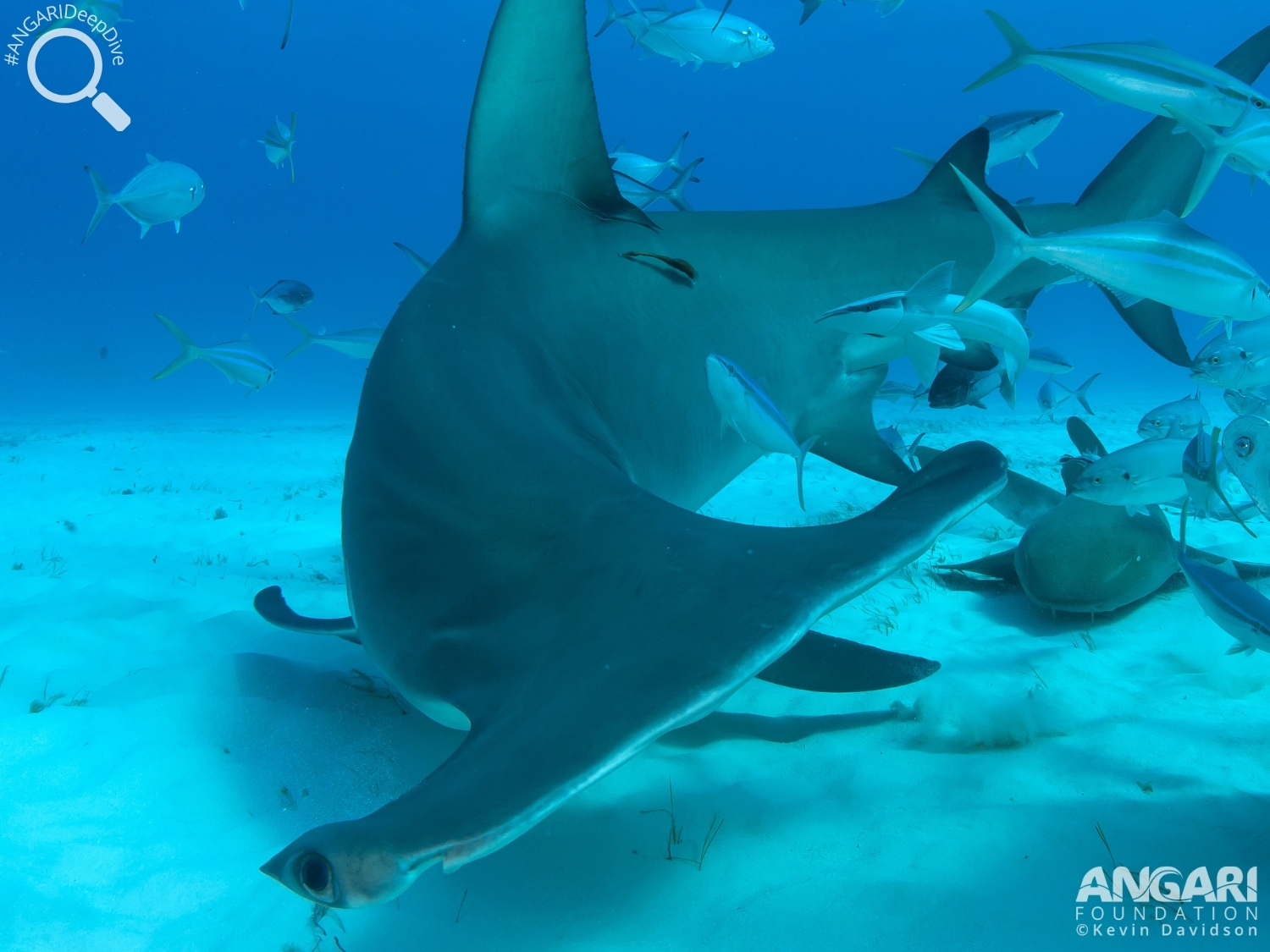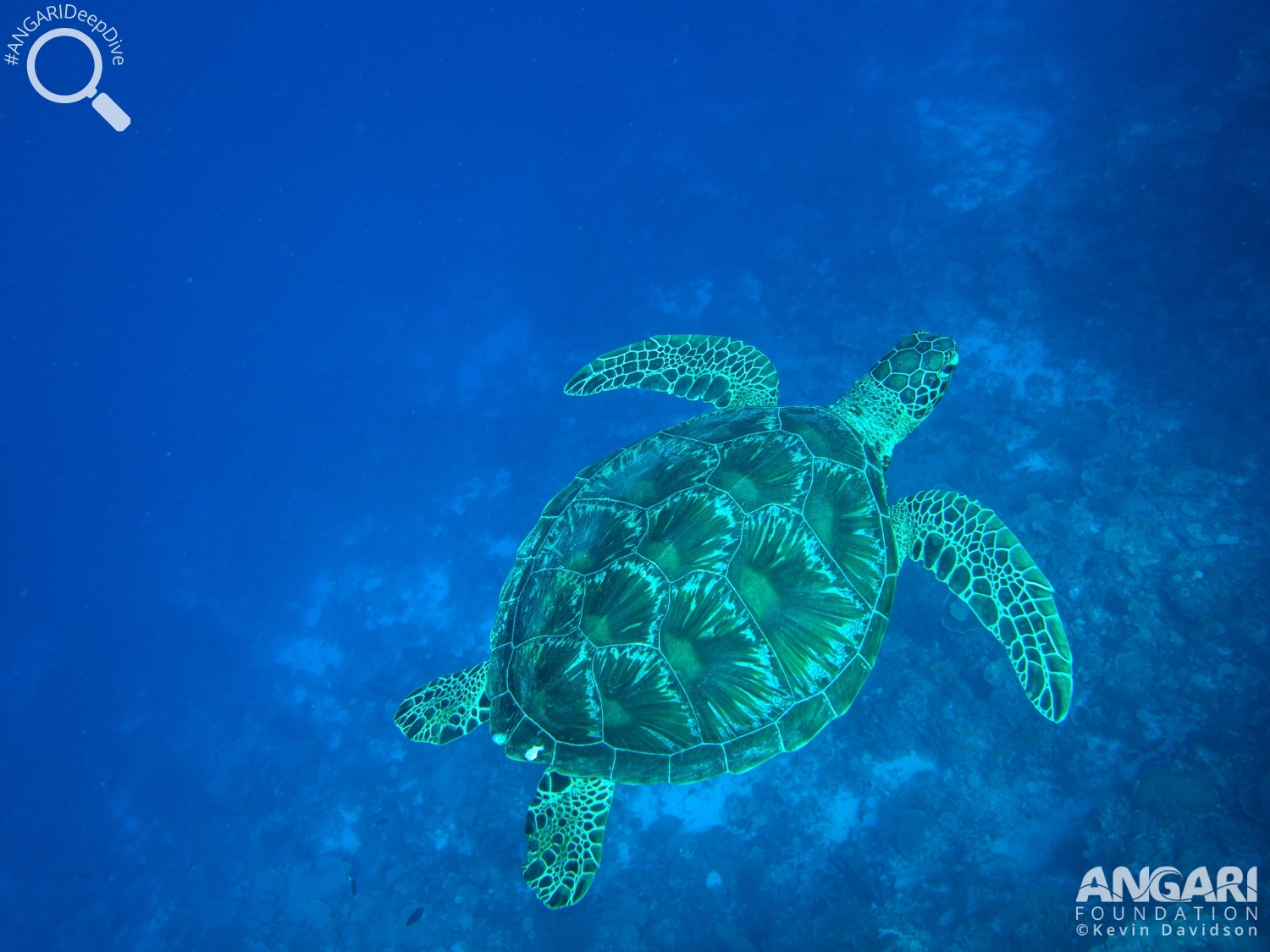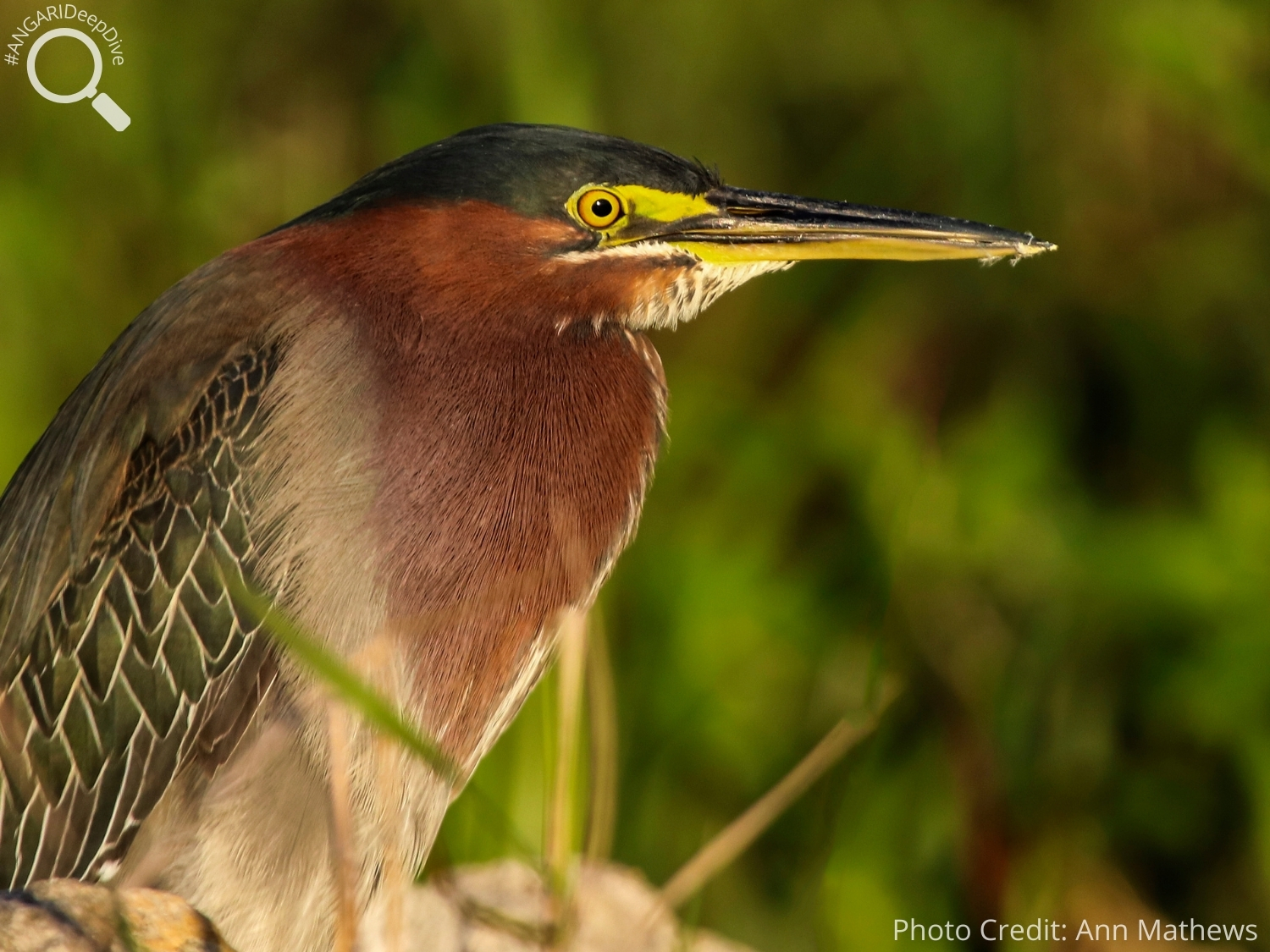The great hammerhead shark (Sphyrna mokarran) is an apex predator within the shark community and…
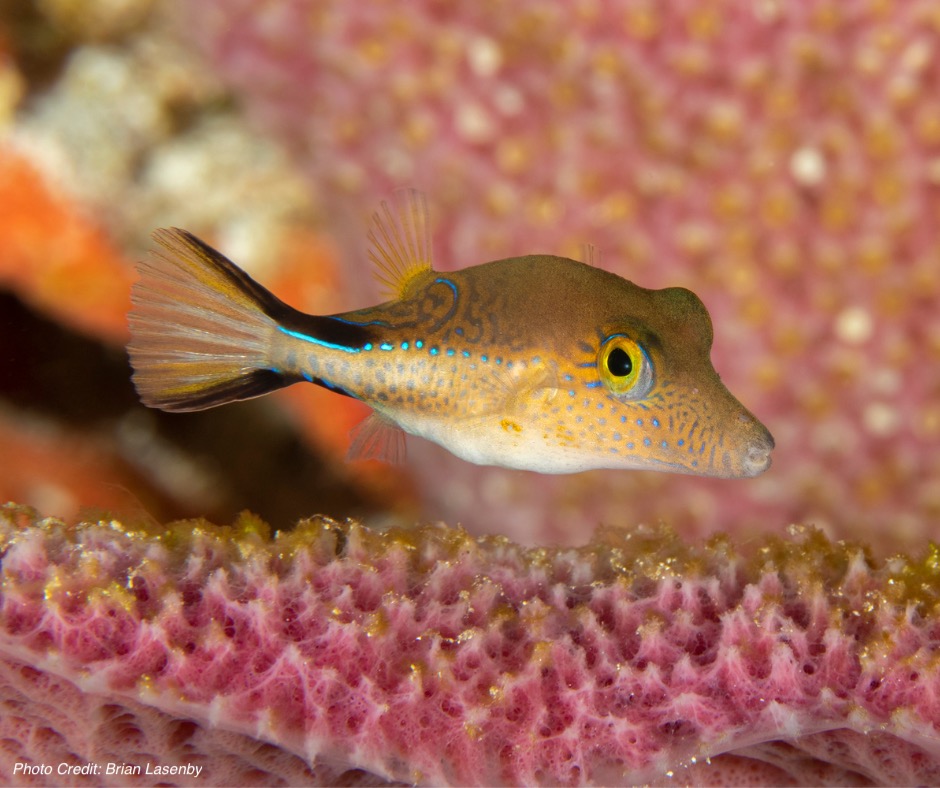
Caribbean Sharpnose Puffer (Canthigaster rostrata)
The Caribbean sharpnose puffer (Canthigaster rostrata) is a species of puffer fish that can be found in the waters off the coast of South Carolina all the way down to the Caribbean Sea and in the Gulf of Mexico. Predominantly they can be found in and around shallow coral reef ecosystems but can also be found on seagrass beds. Although small, don’t be fooled as this species is extremely territorial and will defend it’s territory very well. Keep reading to find more interesting facts about the sharpnose puffer.
#1: The Caribbean sharpnose puffer isn’t as big as you think.
The Caribbean sharpnose puffer can grow up to 4.5 inches in length which if you compare that with other omnivorous fish is relatively small.
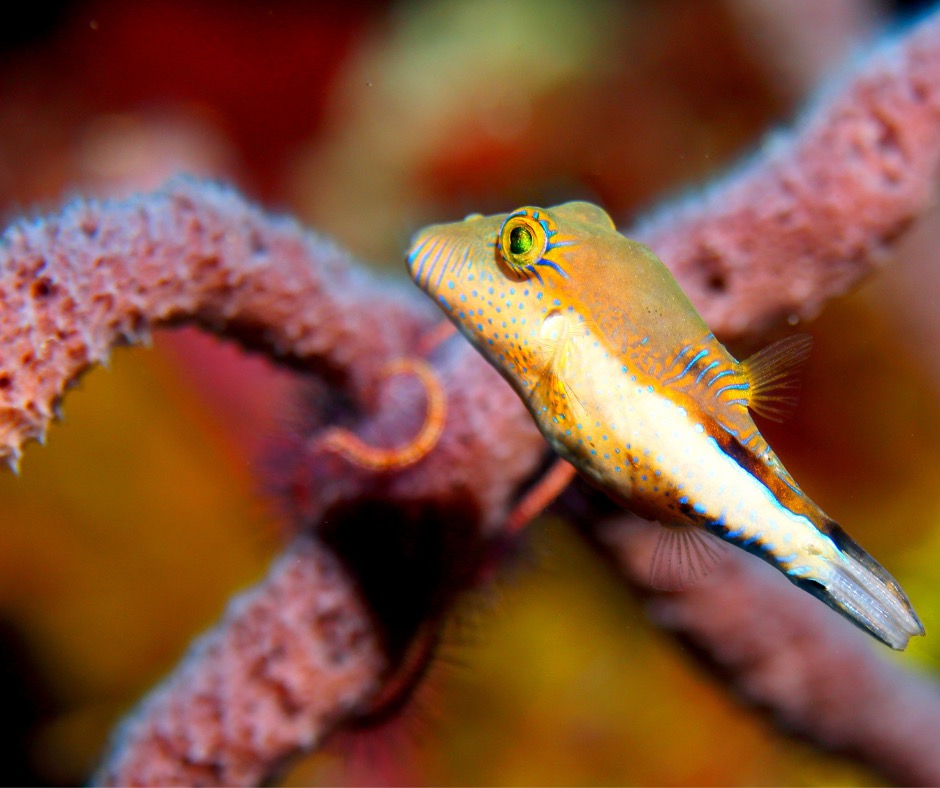
#2: The Caribbean sharpnose puffer is an omnivore.
Sharpnose puffer fish eat are omnivores. Their diet includes a wide variety of invertebrate species including shrimp and worms. They are also know to eat algae and seagrass.
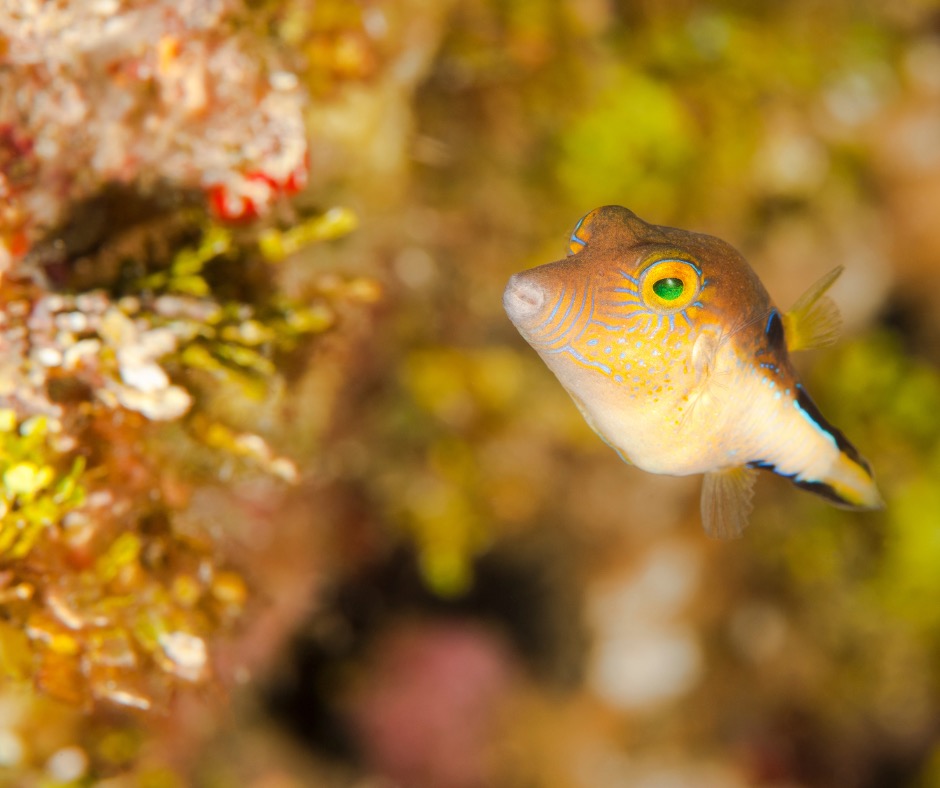
#3: What is the lifespan of a Caribbean sharpnose puffer?
The lifespan of a sharpnose puffer can be up to 10 years. Females will normally outlive the males and this is because of the how the males defend their territory very vigorously.

#4: Does the Caribbean sharpnose puffer have predators?
The sharpnose puffer has two main defence mechanisms which are the secretion of toxins and inflating. To inflate they ingest water into their stomachs, which can expand because they don’t have ribs.
These defences means that it doesn’t have many predators to look out for. Their main predators are great barracuda and lionfish.
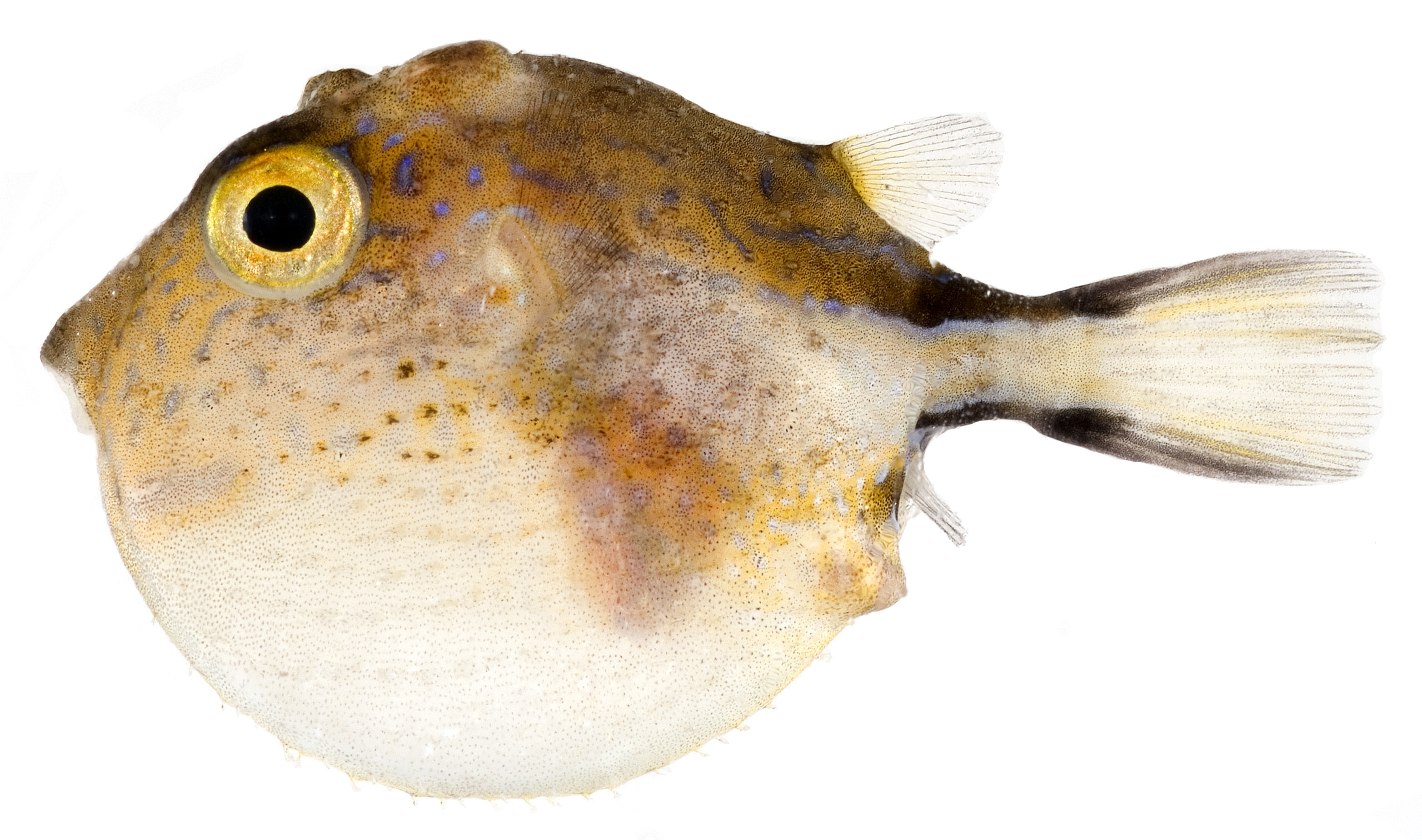
#5: Caribbean sharpnose puffers regulate coral reefs.
Caribbean sharpnose puffers eat invertebrates and algae found on coral reefs and also have limited predators. These two things combined means that they play an important part in the ecology of coral reefs and maintaining a balanced ecosystem.
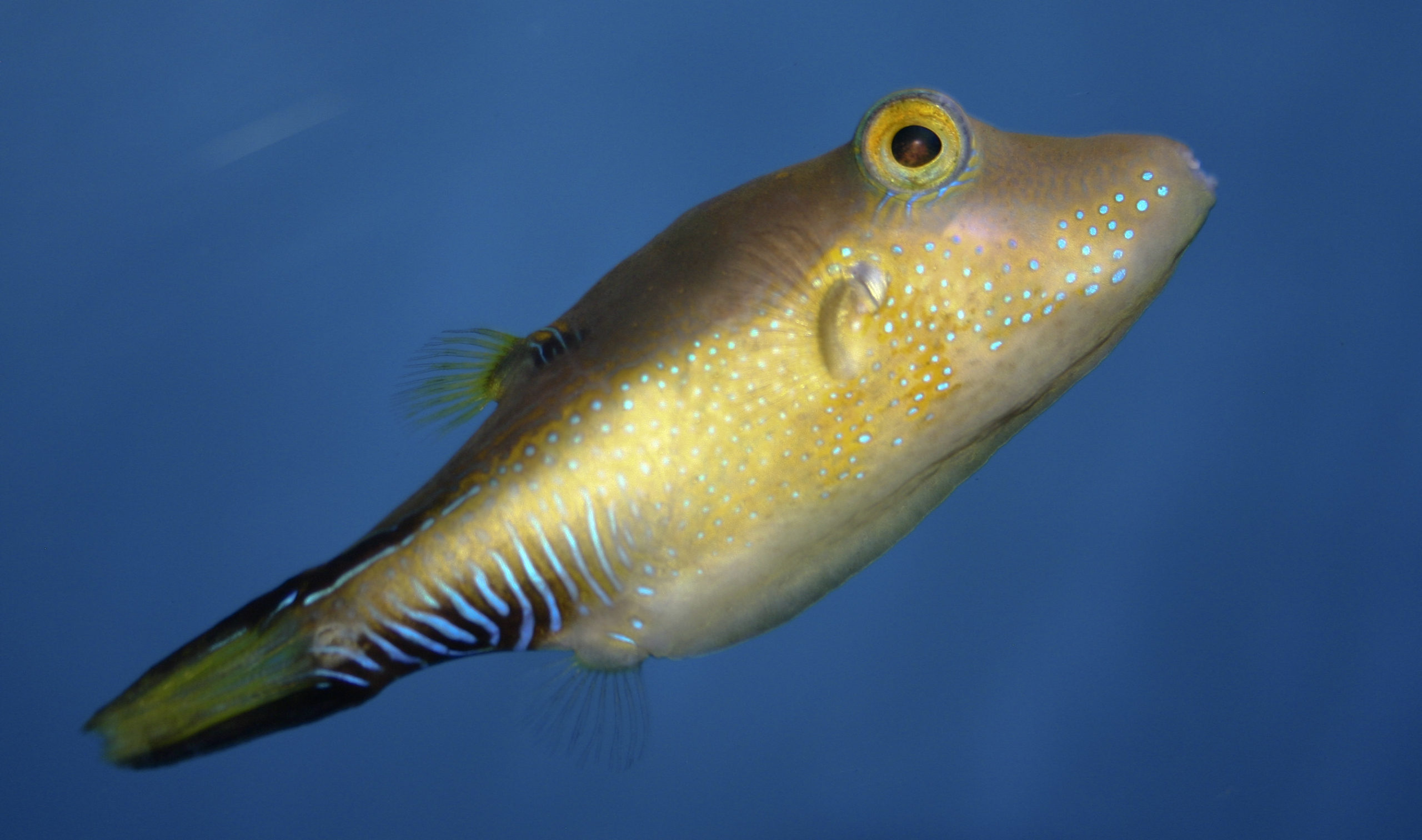
#6: The color changing Caribbean sharpnose puffer!
The Caribbean sharpnose puffer has the ability to change its colors to a mottled pattern. In general this shows that the fish is being submissive. For the females they show this mottling when a male enters their territory and they are ready to mate. Males display a mottled pattern when they are passing through another males territory and they don’t want a territorial fight.
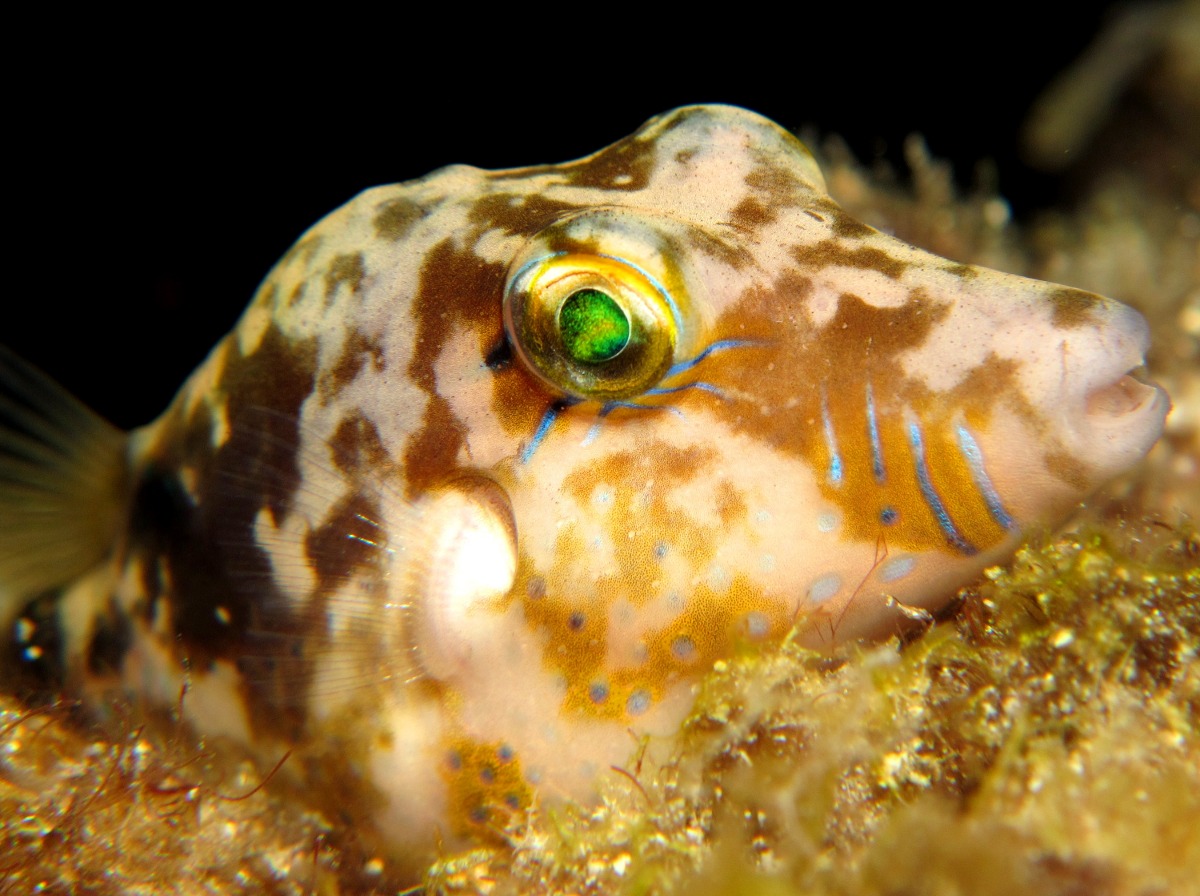
#7: The Caribbean sharpnose puffer is very territorial!
Both male and female Caribbean sharpnose puffer fish have their own territories and are extremely protective of them. Female and male sharpnose puffers have their own territories and defend them aggressively.

#8: How does the Caribbean sharpnose puffer reproduce?
When the female Caribbean sharpnose puffer is ready to mate she will indicate this to a male that has entered her territory by displaying a mottled coloring. She will then begin by preparing a nest to lay her eggs in and then once her eggs have been laid the male will immediately fertilize them.
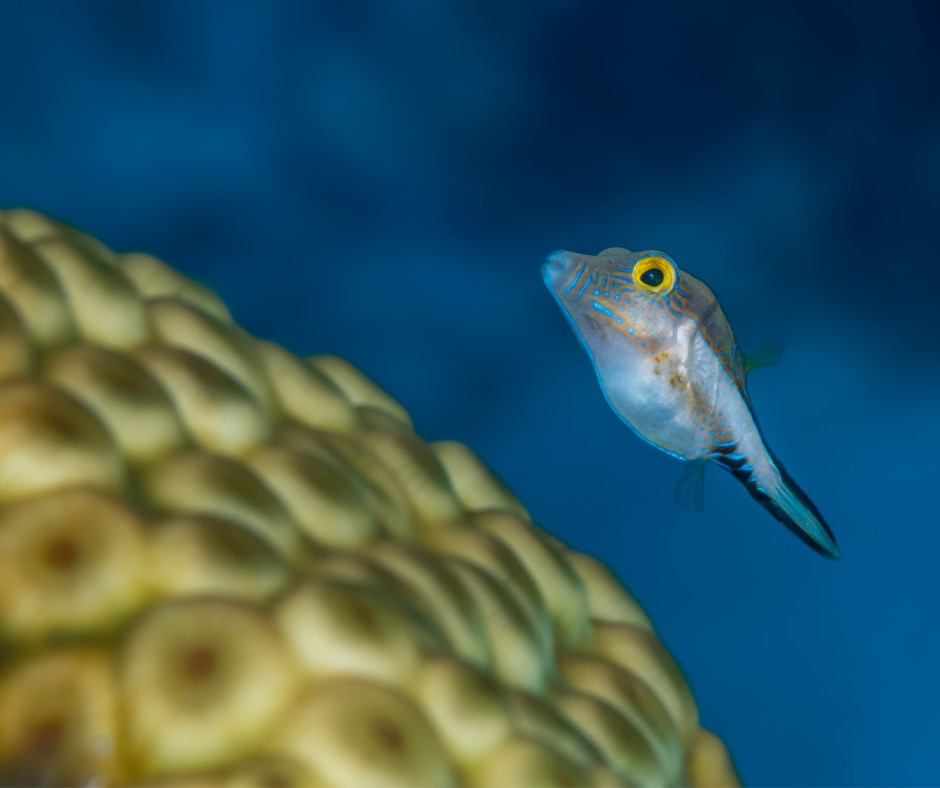
Caribbean sharpnose puffers are considered to be one of the most abundant omnivore species in the western Atlantic. However, with their main habitat being coral reefs they do face the threat of losing their homes as coral reef populations remain threatened.
Territorial behavior of this species does mean that males will tend to have a shorter life compared to females.
We all know how important coral reefs are for many species, including the Caribbean sharpnose puffer, so let’s continue to do all we can to protect them.
Additional Caribbean Sharpnose Puffer Resources:
1. Canthigaster rostrata (Caribbean Sharpnose Puffer) – The Online Guide to the Animals of Trinidad and Tobago
2. Caribbean sharpnose puffer – Lamar University
3. Florent’s Guide To The Florida, Bahamas & Caribbean Reefs

